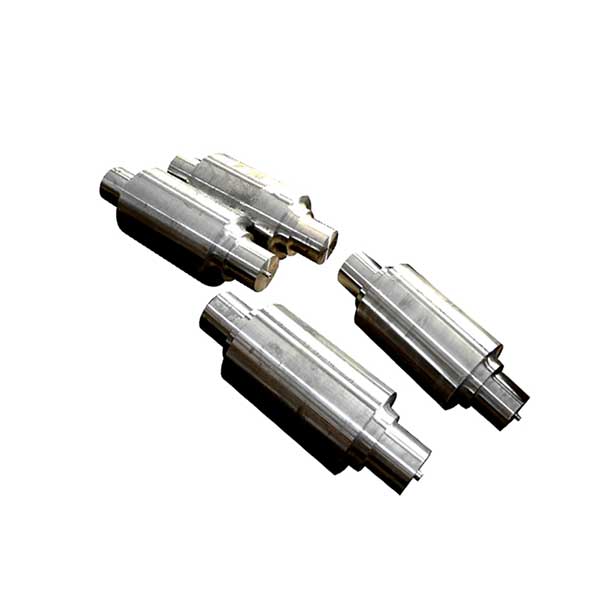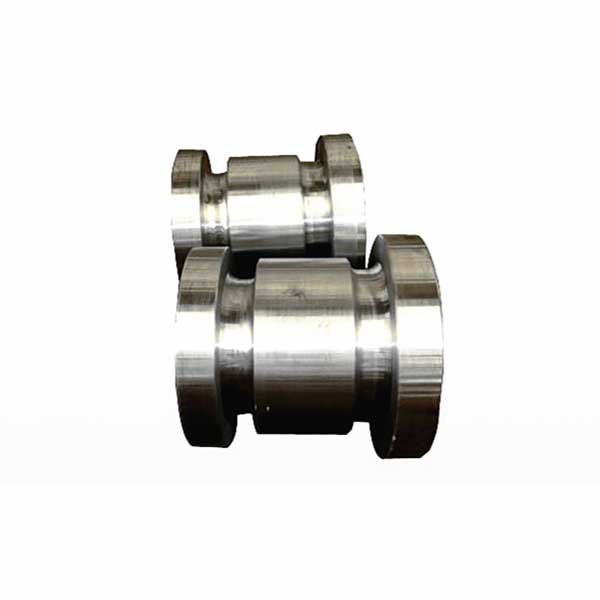Hot forging is a metalworking process that involves heating a metal above its recrystallization temperature and then shaping it through compressive force. This process is commonly used in a wide range of industries to create various components and parts. Here are some of the application fields of hot forging:

Automotive: Hot forging is widely used in the automotive industry to produce components such as crankshafts, connecting rods, and gears. These parts are essential for the proper functioning of engines and other critical systems in vehicles.
1. Aerospace: Hot forging is also used in the aerospace industry to produce various parts such as turbine blades, landing gear components, and structural parts for aircraft.
2. Industrial machinery: Hot forging is used in the production of various components for industrial machinery such as hydraulic cylinders, gear blanks, and crankshafts.

3. Construction: Hot forging is used in the construction industry to produce components such as bolts, nuts, and other fasteners that are essential for building structures.
4. Oil and gas: Hot forging is used in the oil and gas industry to produce various components such as valves, flanges, and piping fittings that are used in pipelines, refineries, and other facilities.
5. Military and defense: Hot forging is also used in the military and defense industries to produce components such as missile and bomb casings, tank parts, and other critical components.
In summary, hot forging is a widely used metalworking process that is used in a variety of industries to produce various components and parts. It is commonly used in the automotive, aerospace, industrial machinery, construction, oil and gas, and military and defense industries, among others. The high strength, durability, and precision of hot forged parts make them essential for many critical applications.


